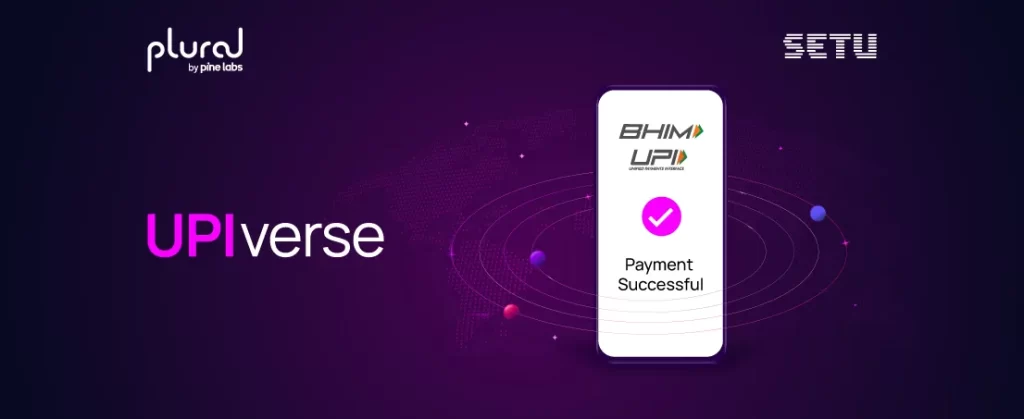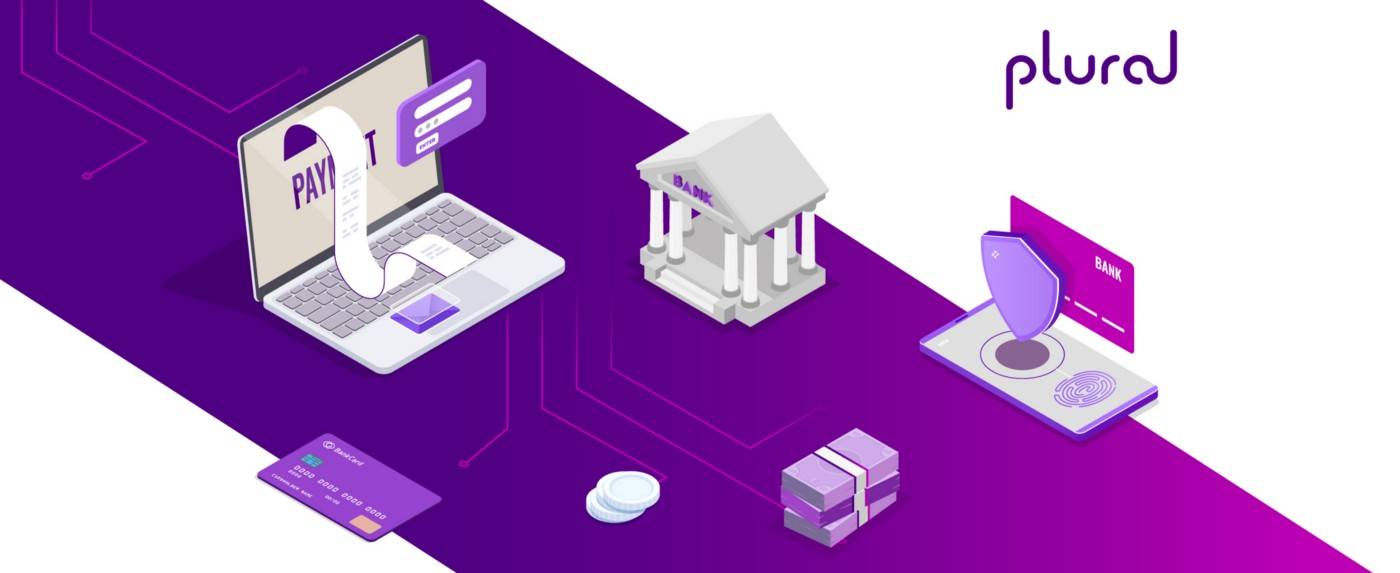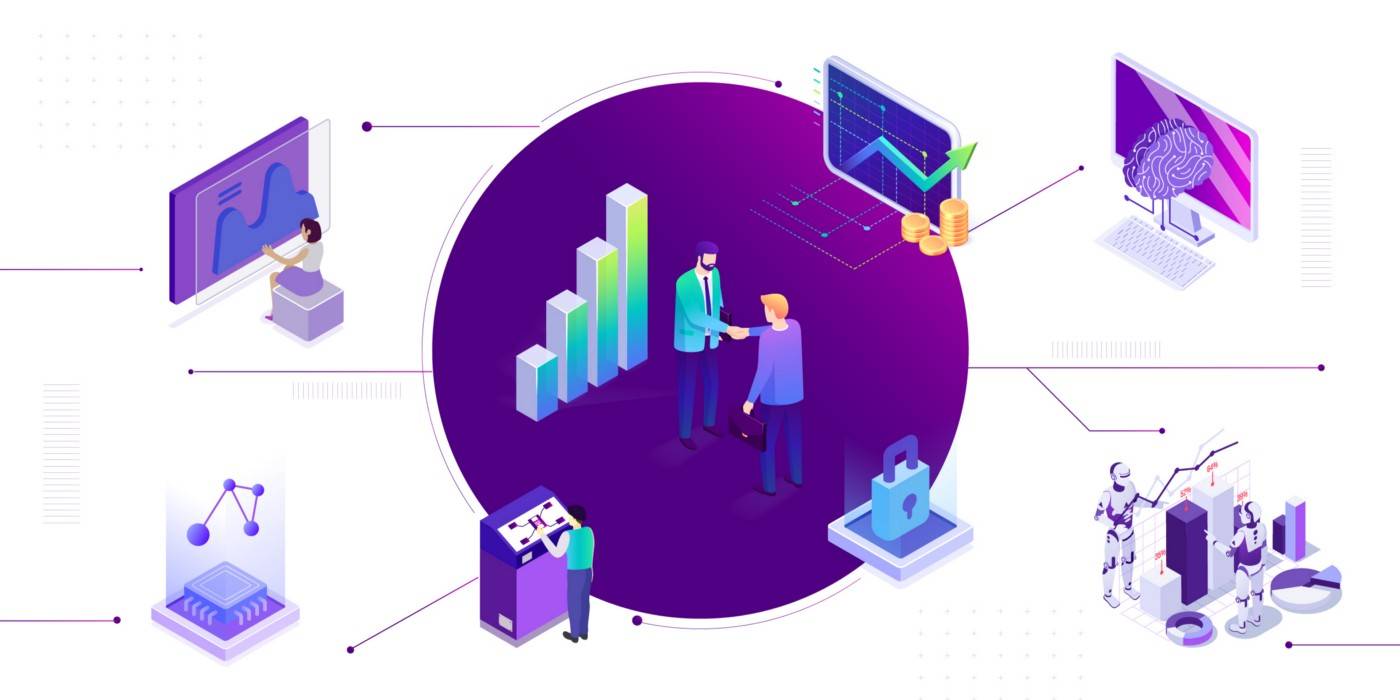If you’ve been impressed with the usability and the ease of cashless transactions that UPI (Unified Payments Interface) offers, here’s some good news. Now when you travel abroad, you can use UPI to send and receive money, which is especially useful for NRIs (non-resident Indians).
According to a report by ACI Worldwide, India’s real-time payments market is far more sophisticated than other global players. With 48.6 billion real-time payments recorded in 2021, it’s far ahead of its closest challenger (China, with 18 billion transactions). It’s also seven times the combined real-time payments volume of leading global economies like the US, Canada, UK, France, and Germany.
The National Payments Corporation of India (NPCI) has now announced that NRIs can access UPI services even from foreign countries. They will also work for NRE (Non-Resident External) or NRO (Non-Resident Ordinary) bank accounts with international mobile numbers.
This blog will uncover all the benefits you can get as UPI goes global and understand which countries are supporting UPI global accounts.
Understanding UPI and how it works
UPI is a real-time payments system in India that enables instant funds transfer between bank accounts. It links multiple bank accounts of a user to a single virtual payment address, making it possible to transfer money instantly using a mobile phone. Transactions can be initiated 24×7, eliminating the need for physical exchanges or cheques.
To use UPI, a user needs to have a bank account and a mobile phone with internet connectivity. The user must download a UPI-enabled mobile app provided by their bank or a third-party app. The transaction is completed by providing the recipient’s virtual payment address, bank account, IFSC code, and a unique UPI ID. Over 160 banks in India support UPI, which can now change soon, with UPI international underway.
Reasons behind taking UPI global
UPI has been instrumental in driving the digital payments revolution in the country. Its success in facilitating seamless, instant, and secure transactions has led to increased interest in taking UPI global.
The reasons for taking UPI global can be summarised as follows:
1. Fostering financial inclusion
UPI can potentially increase financial inclusion by providing an easy and accessible payment system to individuals excluded from traditional banking systems. There are 13.5 million NRIs, as per data submitted to the Lok Sabha in February 2022. The already popular payment system can widen its reach to this audience by taking UPI international.
2. Enhancing cross-border trade
UPI can help small businesses and entrepreneurs by making cross-border trade more accessible and convenient. Moreover, with UPI global enabled, Indian traders can cater to a global audience, which can help promote trade between India and other countries.
3. Encouraging digital payments
UPI can be crucial in promoting digital payments globally and reducing reliance on cash transactions. As per numbers from December 2022, the number of UPI transactions in India was worth over ₹12 lakh crore. This number can increase significantly by taking UPI international and promoting RuPay Debit Cards and BHIM-UPI transactions.
4. Improving remittances
UPI global can also make it easier for individuals to send and receive money across borders, reducing the cost and time required for remittances. Wire transfers from other countries to India and vice-versa are costly, and other payment options also incur high fees.
5. Bridging the digital divide
By taking UPI global, India can share its expertise and experience in developing a successful digital payments infrastructure with other countries. This can help bridge the digital divide and promote financial literacy globally. Thus, enabling UPI in other countries can make it an attractive proposition for countries looking to adopt a digital payments infrastructure.
Countries adopting UPI payments
As per news shared in January 2023, the NPCI has given orders to partner banks to comply with its new regulations, allowing NRIs to use UPI payments. The partner banks have been given time till April 30, 2023, to comply with its directions and allow NRE/NRO account holders to manage their income in India from abroad.
The list of countries onboard includes Singapore, Canada, Australia, the United Arab Emirates, the United States of America, Saudi Arabia, Oman, Qatar, Hong Kong, and the United Kingdom. This is in addition to the NPCI’s signed agreement with Liquid Group to enable UPI QR-based payments in southeast Asian countries, including Singapore, Malaysia, Thailand, Vietnam, Philippines, Cambodia, Taiwan, Japan, South Korea, and Hong Kong.
Nepal was the first country to adopt UPI payments and helped drive the digitisation of transactions between the two countries. Bhutan is another country looking to adopt the BHIM-UPI app in its territory. This will facilitate trade and commerce since nearly 200,000 Indians travel to Bhutan annually, and NPCI International is launching a joint venture with the Royal Monetary Authority of Bhutan.
Will European countries also accept UPI?
The NPCI international arm is working with several European countries to enter into a pact with its payments services operator, Worldline. As per the joint statement by these financial bodies, UPI payments can now be facilitated in Belgium, Netherlands, Luxembourg, and Switzerland. In addition, although there are more countries in the plan, NPCI’s card network RuPay will be accepted internationally alongside UPI.
France might also allow payments using UPI and RuPay cards. NPCI is underway signing an MoU with France-based payments solution Lyra Networks to facilitate this. The move is focused on enabling Indian students, tourists, and NRIs in France to pay via UPI and RuPay at any terminal that is backed by Lyra Networks, creating a smooth and seamless payment gateway for Indians.
Conclusion: The future of UPI
The future of UPI looks promising, both in terms of its continued growth within India and its potential for expansion to other countries. With its success in driving the digital payments revolution in India, UPI international has the potential to bring similar benefits to other countries, such as increased financial inclusion, more accessible cross-border trade, and a reduction in dependence on cash transactions.
However, expanding UPI globally will also require overcoming challenges such as ensuring interoperability with different payment systems, complying with various regulatory requirements, and addressing security concerns. Nevertheless, the benefits of UPI global are clear. With the right approach and implementation, it can play a significant role in promoting digital payments on a global scale.
For businesses, adopting UPI will facilitate seamless and fast payment collection from customers in in India and now, abroad. If you are unsure which payment gateway to adopting, you should check out Plural Payment Gateway.
Our seamless and simplified payment gateway is built with the UPI intent flow feature and is designed to allow customers to choose from a wide range of payment options, including credit cards, debit cards, UPI payment, Buy Now Pay Later (BNPL), net banking and other options.
You can also check out UPI Switch by Setu, an industry-first solution for merchants to adopt all UPI-based offerings for their payment gateway and UPI Autopay to collect recurring payments.
By teaming up with Setu, we’ve created the UPIverse — the universe of UPI offerings. Interested in getting started? Drop in your details here and get early access.
Plural by Pine Labs has received an in-principle authorisation from the Reserve Bank of India (RBI) to operate as a Payment Aggregator.
Setu has received an in-principle authorisation from the Reserve Bank of India (RBI) to operate as an Account Aggregator.

Amrita Konaiagari is a Marketing Manager at Plural by Pine Labs and Editor of the Plural blog. She has over 10 years of marketing experience across Media & Tech industries and holds a Master’s degree in Communication and Journalism. She has a passion for home décor and is most definitely a dog person.



